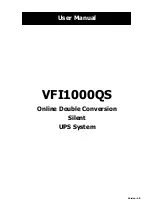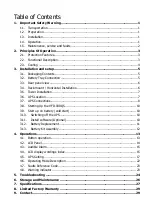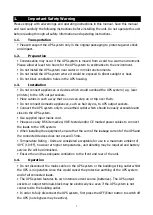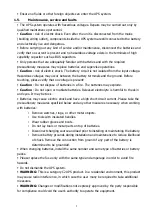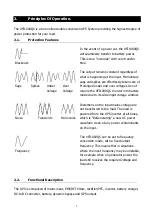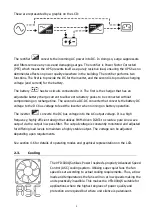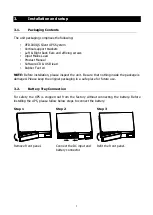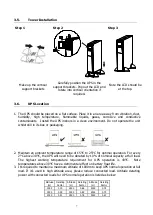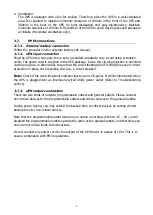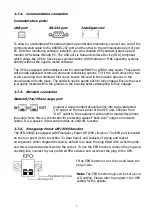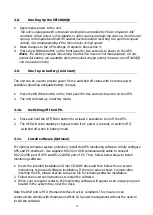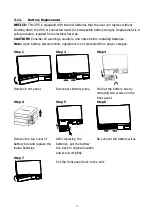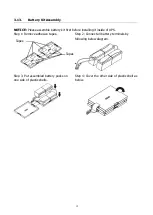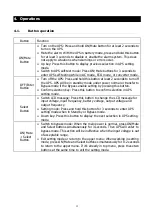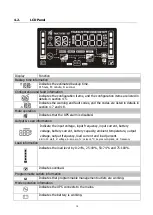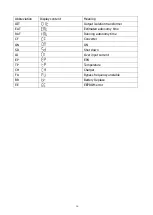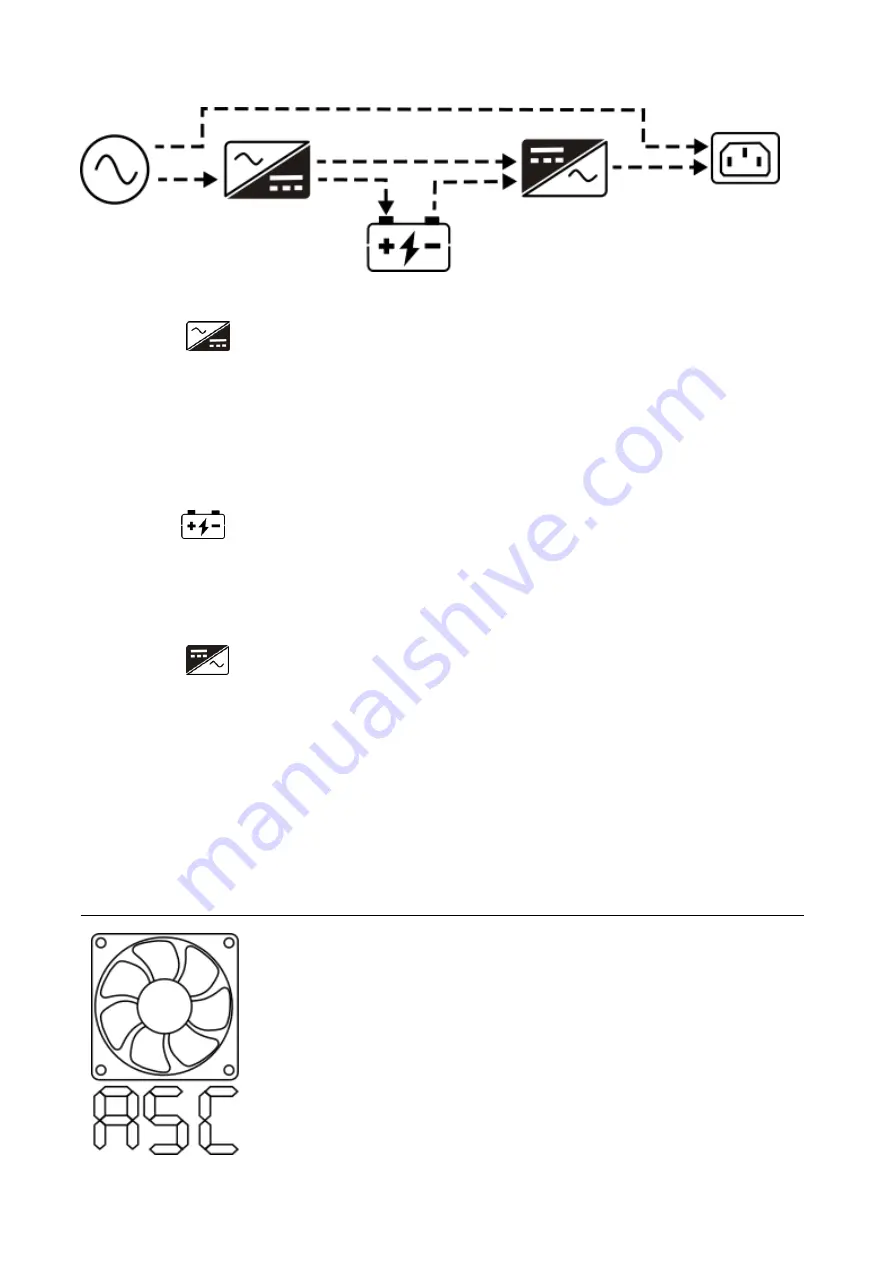
4
These are represented by a graphic on the LCD:
The rectifier
converts the incoming AC power into DC. In doing so, surge suppressors
and filters remove any noise and damaging surges. The rectifier is Power Factor Corrected
(PFC) which means the UPS presents itself as a purely resistive load, ensuring the UPS has no
detrimental effects on power quality elsewhere in the building. The rectifier performs two
functions. The first is to provide the DC for the inverter, and the second is to provide a charging
voltage (and current) for the battery.
The battery
has two circuits connected to it. The first is the charger that has an
adjustable battery charge current to allow extra battery packs to be connected without
compromising on recharge time. The second is a DC-DC converter that converts the battery DC
voltage to the DC bus voltage to feed the inverter when running on battery operation.
The inverter
converts the DC bus voltage into the AC output voltage. It is a high
frequency, highly efficient design that utilizes PWM driven IGBTs to create a pure sine wave
output via the output low pass filter. The output voltage is constantly monitored and adjusted
for differing load levels to maintain a highly stable output. The voltage can be adjusted
depending upon requirements.
See section 4.6 for details of operating modes and graphical representation on the LCD.
The VFI1000QS utilises Power Inspired’s propriety Advanced Speed
Control (ASC) cooling system. Utilising super quiet fans the fan
speed is set according to actual cooling requirements. Thus, at low
loads and temperatures the fans will run at low speeds making the
units practically inaudible. This makes the VFI1000QS suitable for
applications where the highest degrees of power quality and
protection are required but where unit silence is paramount.
2.3.
Cooling

